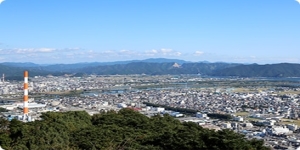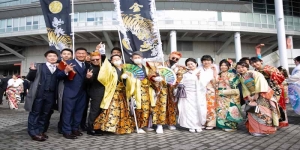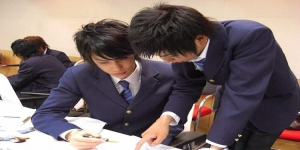Yokai 妖怪 Japanese Legends and Folklore
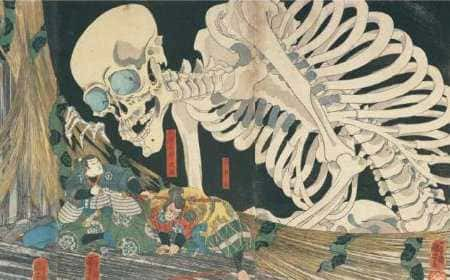
Japan is embedded in legends and folklore, characters and particular creatures such the yōkai (妖怪), a word composed of 2 kanji 妖 (yō) which means attractive, fascinating, calamity and 怪 (kai) which means mystery, wonder and is used to indicate supernatural creatures of Japanese tradition.
The word Yokai, includes creatures like monsters, demons, spirits, or "follies", but these generalizations limit this "fantastic" world and can be limitative because the yokai world also includes ghosts or Yūrei (幽 霊), kami (神), transformed human beings and animals called Bakemono (化 け 物), often evil male possessions (tsukimono), metropolitan legends, and other strange phenomena. It is a varied and complex universe that transports all its charms into popular tales of all ages.
The Japanese folkore talk about stories and traditions that date back to very ancient times (it is mentioned in the 8th century), where popular beliefs, bound to earth, external conditions and ignorance (like as not knowing) anecdotes, tales and legends that resembled supernatural and incredible.
Over the years these stories were mainly related to the Campanian territories of the suburbs and developed mainly among the lowest ranks, but with the advent in Japan of Buddhism (coming from India) and especially with the birth of Shintoism or Shinto (神道), which binds its cult to Kami and natural elements, the presence of spirits, monsters, gods and other creatures is no longer relegated to the country alone.
In the Edo period (1603-1868) was a flourishing time for culture and art in Japan, and ghost stories, monster stories and strange phenomena have recorded a growing popularity of yokai with stories and representations that came to him made. Among the earliest artists and writers who have emboldened the stories of the yokai myth, is Toriyama Sekien 鳥 山 石燕, who gathered the rural traditions of the rural Japan, made it accessible to a wider audience. It began with the production of painted rolls, to create a sort of gallery for images of supernatural and extravagant stories.
Among the most well-known works we have the "The Hundred of Demons Parade" inspired by many other artists who followed him. Among his other works related to the Yokai we remember:
Gazu Hyakki Yagyō (画 図 百 鬼 夜行 The illustrated Night Parade of the Hundred Devils 1776)
Konaku Gazu Zoku Hyakki (今昔 画 図 続 百 鬼 One hundred demons of the present and past illustrated, 1779)
Cognac Hyakki Shūi (今昔 百 鬼 拾遺 Supplement to the Hundred Demons of the Present and the Past, 1780)
Gazu Hyakki Tsurezure Bukuro (画 図 百 器 徒然 袋 The illustrated purse of the hundred random demons, 1784)
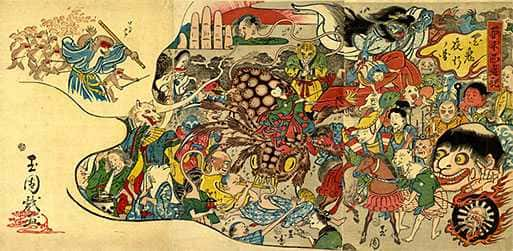
With the restoration in the Meiji period (1868-1912) and the modernization and westernization, the interest, or rather the "notoriety" of these tales and yokai, has decreased to almost completely, as if there was some sort of to be ashamed to believe in certain phenomena.
In the aftermath of the war, the yokai began to rejoin the Japanese culture thanks to the manga, especially thanks to Shigeru Mizuki's Gegege no Kitarō ゲ ゲ ゲ の 鬼 太郎, published in 1959, in which the strange creatures of Japanese folklore slowly resume the "scene".
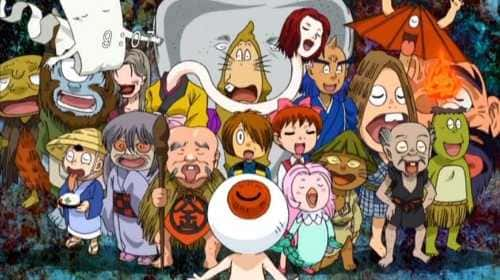
Many series take on Yokai's stories by changing them, making them more and more creative, recalling the historical-artistic concepts of these creatures, or inventing new ones.
Among these anime series dealing with yokai, just remember among the many, nurarihyon no wizard with its 2 seasons which is showing a vast "array" of yokai, among the most classic and above all, is resumed the concept of "parade of the hundred demons "Born a few hundred years ago.
Yokai's fame also "enjoys" what is called the country of yokai, the village of Tono in the prefecture of Iwate, so that in 1910 Kunio Yanagita 柳 田 國 男 wrote "Tono Monogatari" or the stories of Tono, in which yokai are part of the village, thus increasing the voices (certainly not denied by the authorities) of the existence of these creatures, creating a cultural folkloric tourism to this town.
If you visit Tono you will be able to follow many attractions featuring the yokai; so for those intrigued by this branch of Japanese folklore it is the place to be par excellence to visit.
If you want to know more I recommend some very interesting books that you can easily find on Amazon. The Yokai are many, of many types and linked to a lot of really interesting legends, so throw yourself into the books and find out more about this fascinating aspect of Japanese culture.

 English (United Kingdom)
English (United Kingdom)  Italiano (it-IT)
Italiano (it-IT) 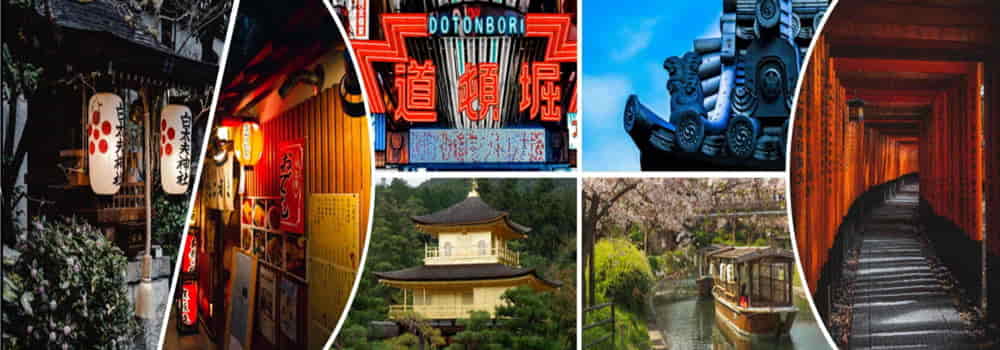
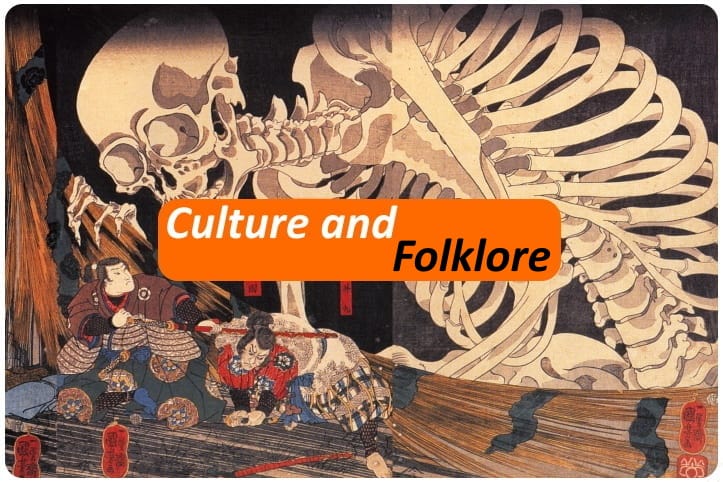
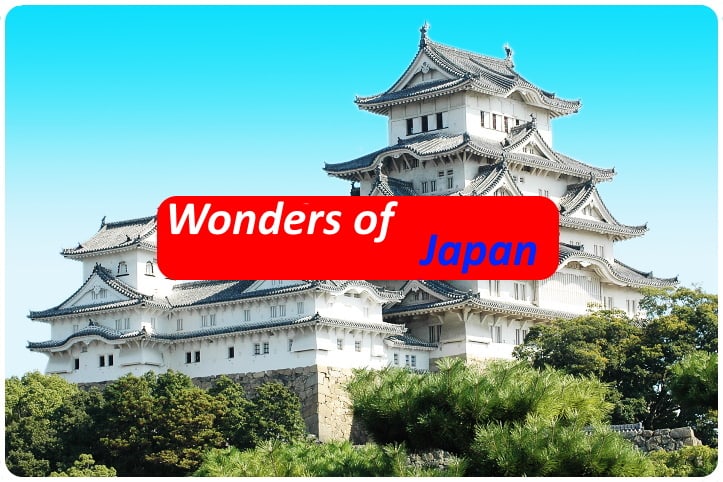
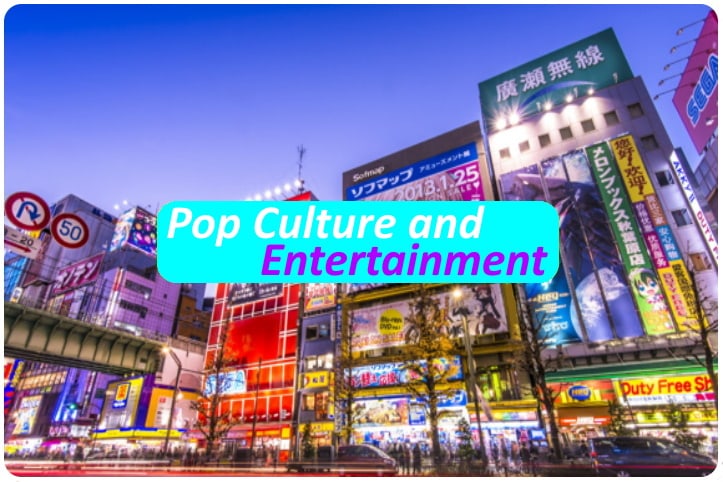
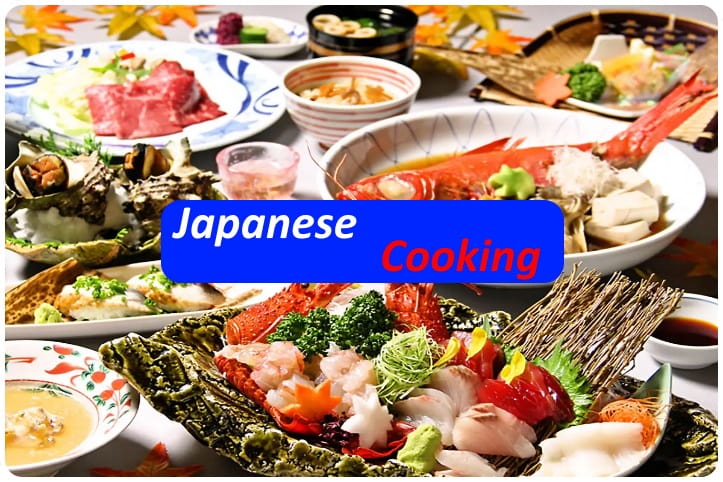

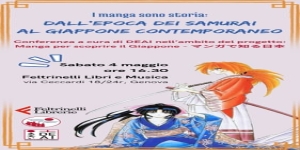
![[Review] Princess Toyotomiプリンセス トヨトミ](https://www.fukainihon.org//cache/mod_jt_contentslider/fdfb524f85518b9476158c79c8ea022f_328.png)
